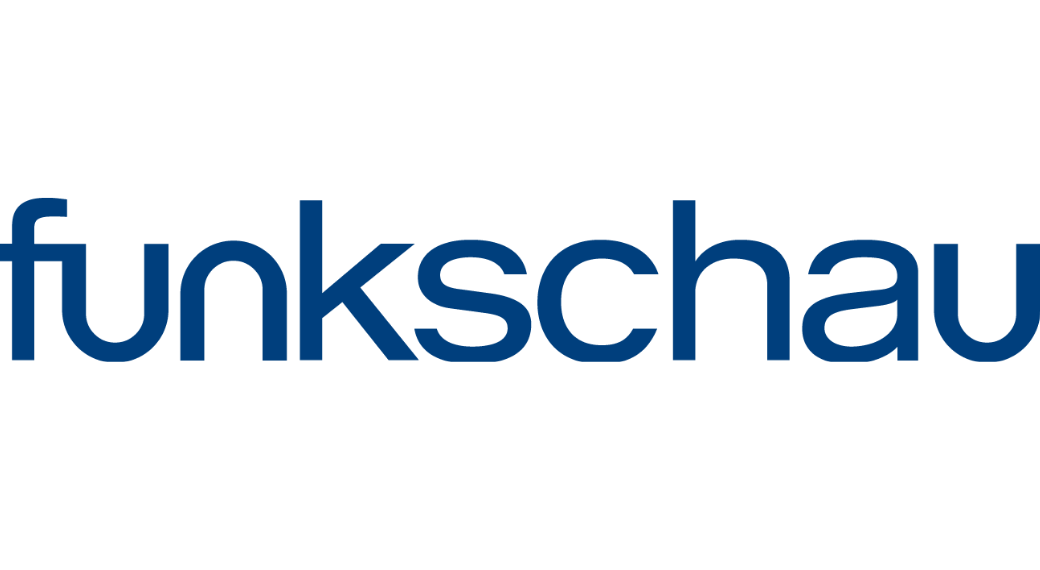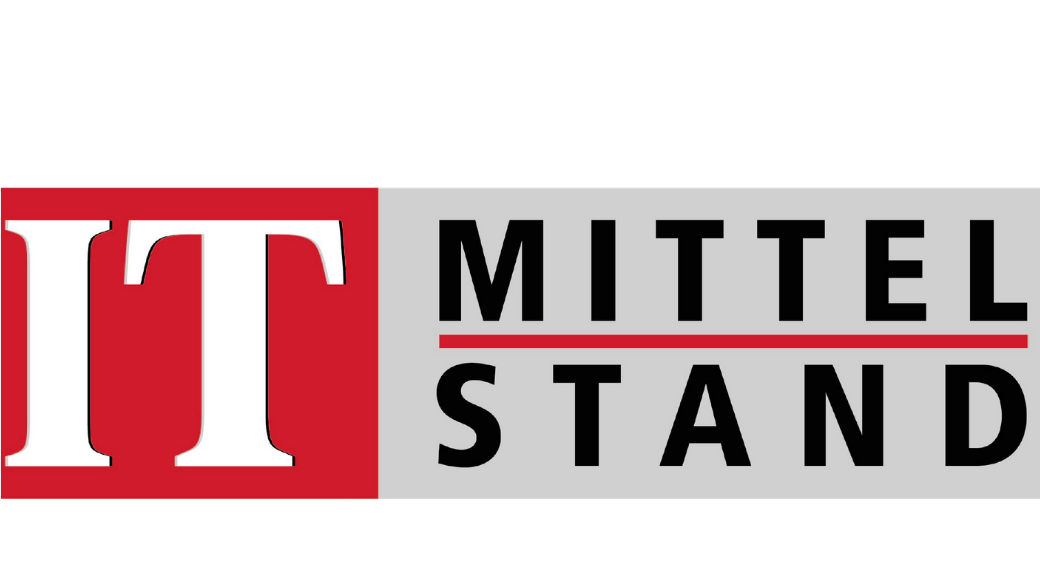In the May issue of Funkschau, we explain how companies can become more sustainable and which measures make sense.
Read moreIT departments will benefit from EU regulation from now on
Repairing hardware in data centres more easily and using it for longer – that’s the aim of an EU Regulation that has been in force for two years which is actually taking effect now. For companies this is an opportunity to arrange their data centres to be more ecologically and economically sustainable. They bypass unnecessary new purchases, gain more freedom when maintaining their hardware and avoid generating electronic waste and emissions.
The times when companies and politicians viewed energy efficiency as the sole determining factor for sustainability in data centres are long gone. More comprehensive approaches to sustainability concepts are being pursued instead. This expanded focus now includes the entire life cycle of the hardware used in these centres. And there are good reasons for this readjustment.
The production of servers and storage systems consumes a lot of energy and water as well as numerous chemicals. Valuable commodities such as tungsten, coltan and rare earths are needed into the bargain. When these commodities are mined, serious environmental and social requirements very rarely play a role. In addition, all the raw materials, components and end products travel right around the globe via extensive supply chains – with the corresponding emissions. And finally, decommissioning the equipment is also a challenge. The hardware has to be properly dismantled and commodities recovered in order to finally dispose of as little material as possible.
Server refresh time frame is too short
If the complete life cycle is considered, it’s obvious that doing without the unnecessary production of new hardware is an extremely effective means of conserving resources and protecting the environment. But instead of this, the usual practice so far has involved a typical server refresh time frame of three to a maximum of five years. This time range corresponds to the guarantee or maintenance period and end of service life (EOSL) offered by most manufacturers.
Once a maintenance agreement with the manufacturer expires, it often seems cheaper to buy new servers with the relevant new agreements than to accept the high-priced OEM conditions of a maintenance extension. But this approach also means that companies regularly take fully-functioning and performant hardware out of service and replace it with new equipment which has to be produced for this purpose – including all the associated emissions. At the same time, servers and other hardware can be used for ten years or more without any losses in performance.
One other argument used up to now for companies to get rid of hardware after the end of service life was the question of security and firmware updates once the support provided by the manufacturer had expired. However, the situation is now completely different.
EU Regulation creates new possibilities
Two years ago, in March 2021, the second stage of the EU Regulation 2019/424 amending the European ecodesign directive came into force. While stage 1 set higher requirements for the repairability, retrofitting capability and reusability of servers and storage systems, stage 2 is intended to significantly extend the service life of hardware once again. To achieve this, it demands that manufacturers provide their equipment with security updates and updated firmware for longer.
What this means in concrete terms is that all new product models brought into circulation since 1 March 2021 will benefit from this regulation in that “[…] the latest available version of the firmware […] must be provided for a period of at least eight years […] free of charge or at fair, transparent and non-discriminatory costs […]”. As a result, IT departments can be sure that they will also receive the necessary security updates after manufacturer maintenance ends. This is a huge step towards making hardware OEM-independent and extending its life cycle by years. Effective sustainability will be possible without sacrificing any security as a result.
Twice the potential savings for operators
But what makes this EU Regulation so relevant now, two years after it came into force? The end of service life for the first hardware models that came onto the market after the regulation came into force is now getting closer. Operators should start planning how they want to deal with this date now. Because now they have the certainty that their hardware will be provided with updates for many years and repairability will also be improved in comparison with older models. The pressure to replace functional hardware and to order maintenance from the manufacturer has been reduced as a result.
This new room for manoeuvre will have two positive effects on the budget. On the one hand, technically unnecessary investments can be postponed into the future. On the other hand, new possibilities to have hardware maintained by independent service providers have opened up. Analysts from Gartner estimate that potential savings of up to 70 per cent can be made through such a change from manufacturer maintenance to third-party maintenance (TPM).
This offers companies the opportunity to take new paths with regard to ecological and economic sustainability. It will be exciting to watch whether and how quickly companies use their new freedom.
The full EU Regulation 2019/424 can be found on the EUR-Lex servers: https://eur-lex.europa.eu/legal-content/EN/TXT/?uri=CELEX%3A02019R0424-20210501The current version of the Ecodesign Directive 2009/125/EC is also there:
https://eur-lex.europa.eu/legal-content/EN/TXT/?uri=CELEX%3A02009L0125-20121204
Subscribe to our newsletter
Press contact
Would you like to receive more information as a representative of the press and media?
Find out more nowVerwandte Beiträge
Renting refurbished hardware instead of buying
Many companies wish to use their IT budget as effectively and flexibly as possible. The financing of cost-effective refurbished hardware coupled with the savings potential of TPM is the trifecta to fulfil this wish.
Read moreAgainst the chip shortage and for more sustainability
In this article in the German trade magazine IT-Mittelstand erläutern we explain the advantages of refurbished hardware in times of sustainability and chip shortage.
Read moreCircular economy as the joker in the pack for sustainable data centres
Now is the chance for companies to make their data centres more ecologically and economically sustainable.
Read moreSustainability in data centres
Sustainability concepts for data centres should not be limited to cutting electricity consumption.
Read moreSustainability & cost-effectiveness go hand in hand
CEO Klaus Stöckert explains the possibilities of the new EU Regulation 2019/424 for companies in “IT-Mittelstand”.
Read more


